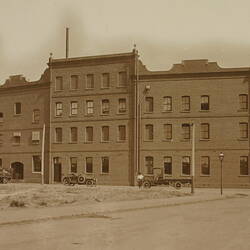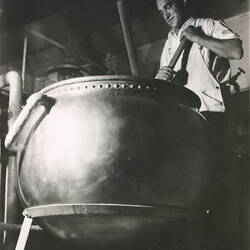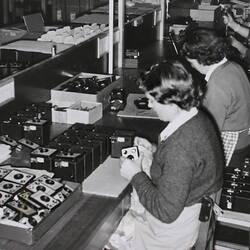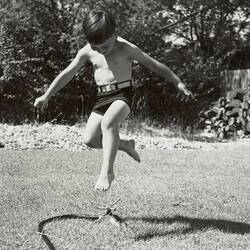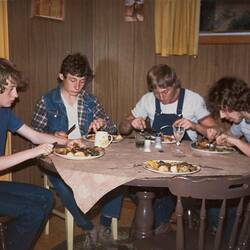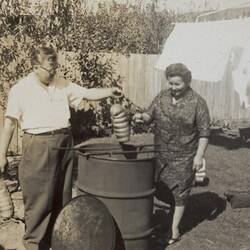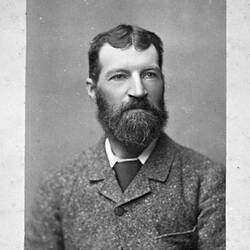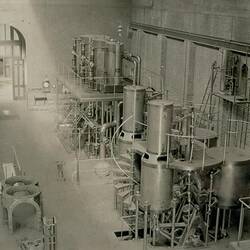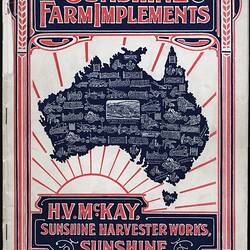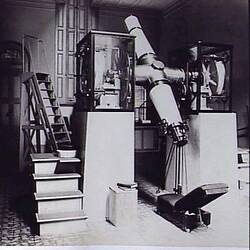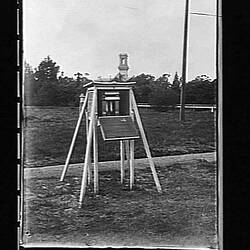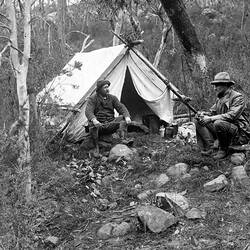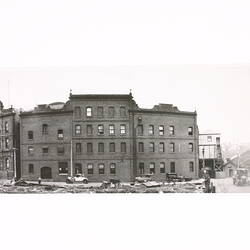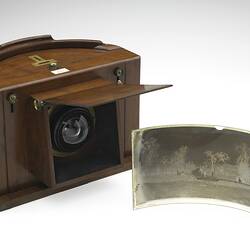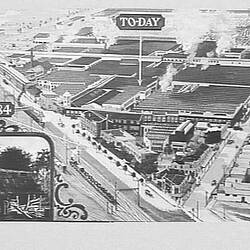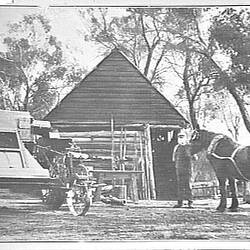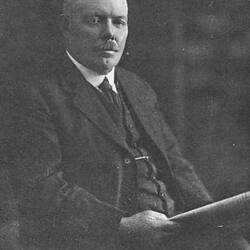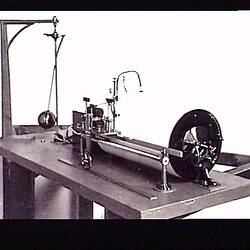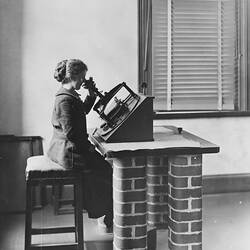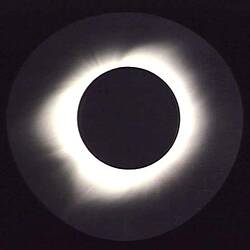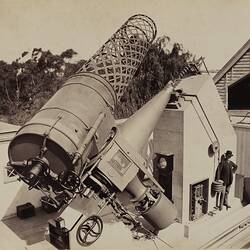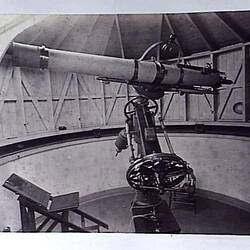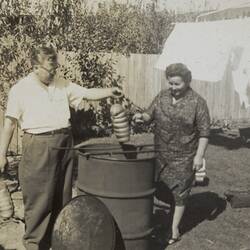Encompassing more than 300,000 images relating to all aspects of Victoria's history, and more than 1,000 artefacts relating to photography and image production generally, this is the largest collection within the History and Technology Collection.
The collection focuses on heritage images relating to the history of Victoria, and the history of image making in Victoria, from European settlement onwards. Images within the collection reflect all curatorial areas including engineering, transport, sustainability, information and communication, domestic and community life, immigration, working lives, public and institutional life, design, cultural diversity, clothing and textiles, medicine in society, and sciences.
Significant collections and items
- Kodak Australasia Heritage Collection & Baker and Rouse Collection: 1,000s of photographs, advertising material, photographic products and factory floor artefacts.
- McKay Archive: 25,000 images, 600 negatives and 19 films.
- Melbourne Observatory: astronomical and operations photographs.
- Biggest Family Album in Australia & Melbourne's Biggest Family Album: about 10,000 images of everyday life.
- International Harvester: more than 900 glass negatives, around 60,000 film negatives and prints, over 200 albums and about 40 scrapbooks relating to the manufacture and sales of agricultural equipment, motor trucks and construction equipment.
- Vickers Ruwolt: over 1,000 glass plate negatives documenting one of Australia's major heavy engineering firms, 1920s-1960s.
- A.J. Campbell: more than 2500 photographs and negatives by the noted Australian ornithologist and field naturalist.
- Laurie Richards: 85,000 negatives documenting corporate and retail life, 1950s-1970s.
- State Electricity Commission of Victoria: over 3500 negatives and 1,000 photographs documenting the power industry, 1870s-1980s.
- Jim Payens Aerial Photography: several thousand negatives and one of the aerial cameras used by Jim Payens to take them. They document Victoria's development from the air, with a focus on industry, during the 1950s to the early 1970s.
- Science Museum of Victoria: over 10,000 negatives depicting collection objects, events, exhibitions, visitors and staff.
- Spotswood Pumping Station: 300 photographs.
- Francis: internationally significant pre-cinema and cinema images and technologies, from the 18th and 19th centuries.
- William S Anderson: over 1,000 images of Lorne and Great Ocean Road, and his camera, 1898-1940.
- Kodak No. 1 camera (1888) and artefacts reflecting the evolution of Kodak camera innovation.
- Sutton panoramic camera and wet plate curved glass negatives taken with it in the mid 19th century by Richard Daintree, a pioneer of Australian fieldwork photography.
- Gernsheim Collection
More Information
-
Keywords
-
Localities
-
Authors
-
Article types


